
5 Tips for Storing Food in Harsh Conditions Homesteader
All cooked foods are considered perishable foods. To store these foods for any length of time, perishable foods need to be held at refrigerator or freezer temperatures. If refrigerated, many perishable foods should be used within 3-7 days (less for many animal products). 2. Semi-perishable Foods.

9 Rules of Storing Food in Your Fridge
Compliance with local or state authority is required, if applicable, per standard LD.04.01.01. For example, a number of states prohibit staff food and drink in clinical areas, requiring that they be consumed in break areas. OSHA Bloodborne Pathogen Standard prohibits food and drink in areas where contamination is likely.

servsafe proper food storage chart Google Search Food storage
If you won't be eating them within 1 to 2 days, store ripened tomatoes in the refrigerator for 2 or 3 days. However, keep in mind that once you cut into a tomato (or any fruit or vegetable), it needs to be refrigerated to slow the growth of harmful bacteria. Potatoes and Onions like the same conditions, but they should not be stored together.
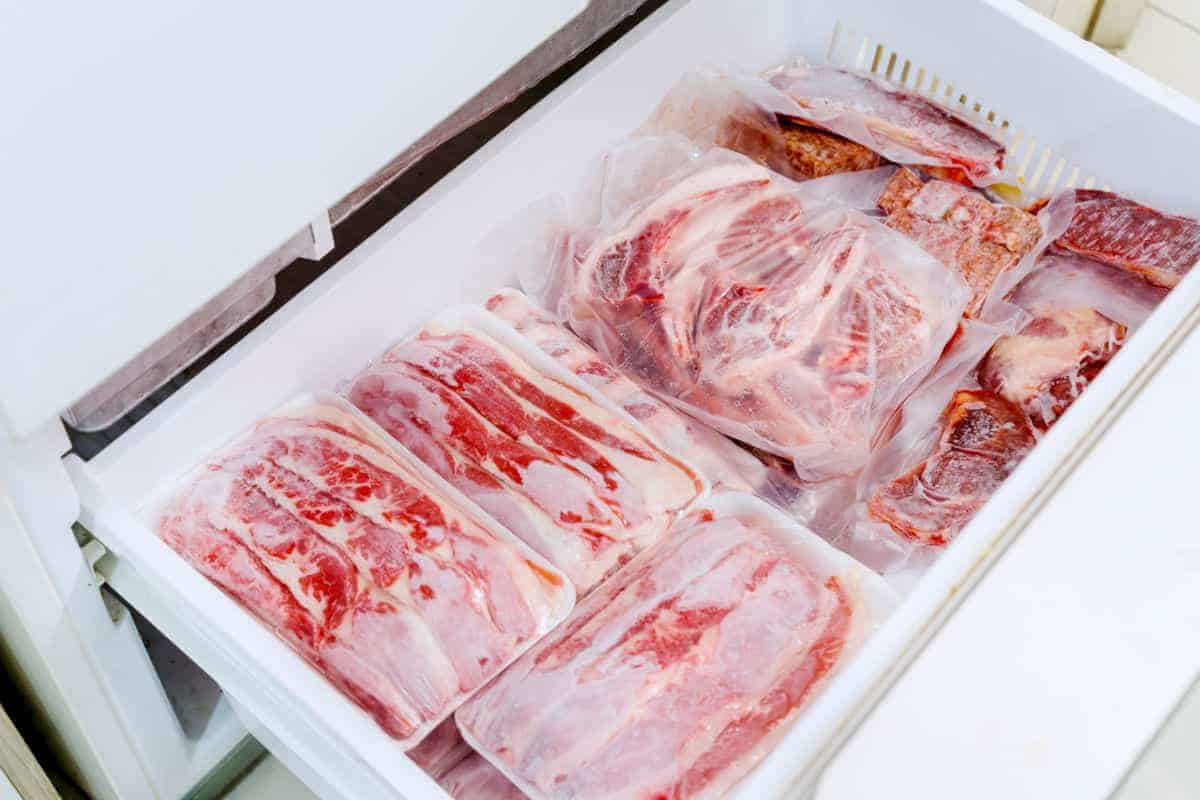
How to Store Meat in Your Fridge or Freezer Safely
Food storage, prohibited areas (FDA Food Code 3-305.12). FOOD may not be stored: (1) In locker rooms; (2) In toilet rooms; (3) In dressing rooms; (4) In garbage rooms; (5) In mechanical rooms; (6) Under sewer lines that are not shielded to intercept poten-tial drips; (7) Under leaking water lines, including leaking automatic fire
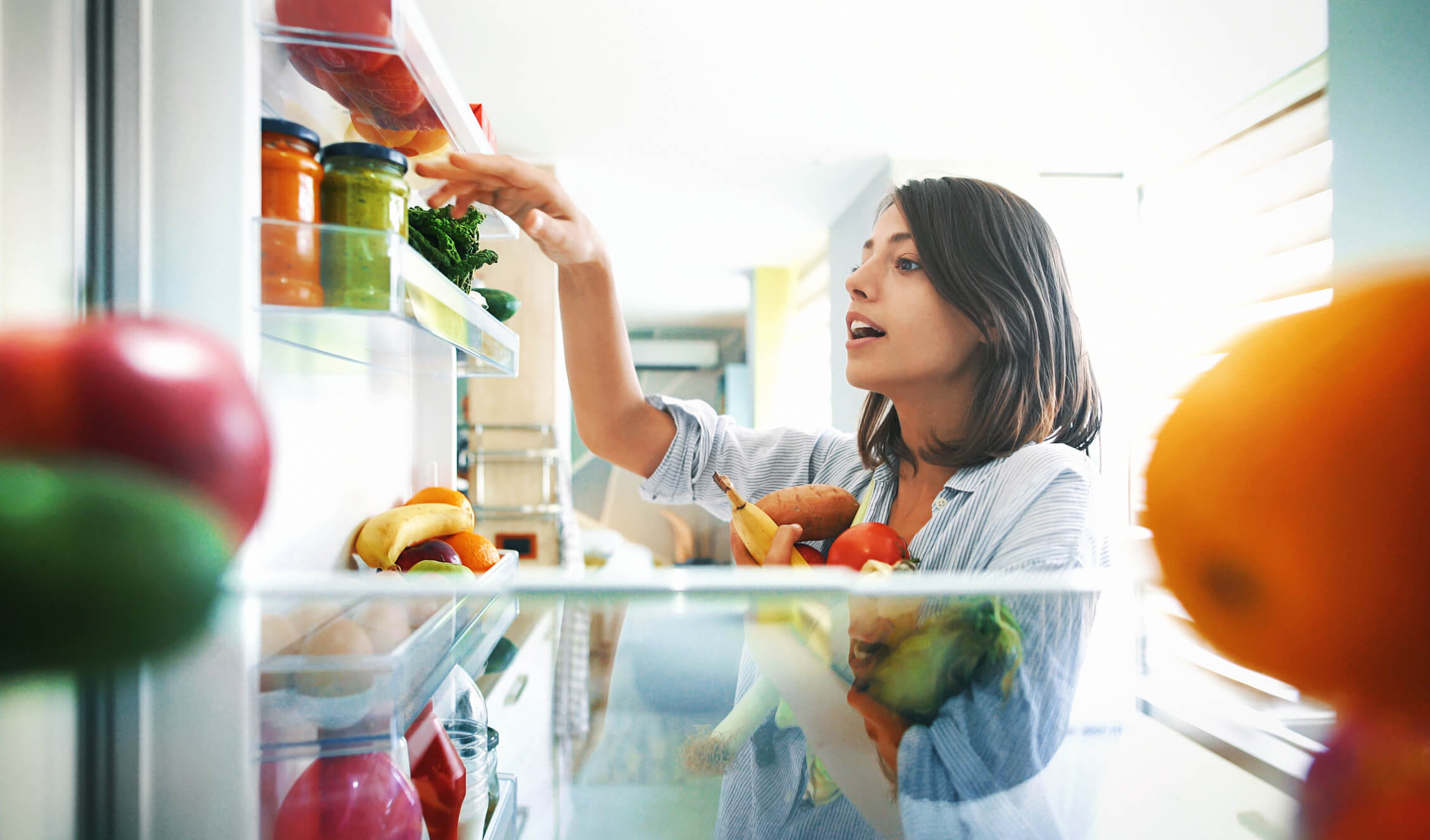
Food Storage & Preservation How To Store Food Properly
The pantry is a popular storage area for dry goods such as grains, cereals, and canned goods. However, certain items should not be stored in the pantry, including potatoes and onions. These vegetables should be kept in a cool, dry, and well-ventilated space to prevent them from sprouting or rotting quickly. Additionally, storing potatoes and.
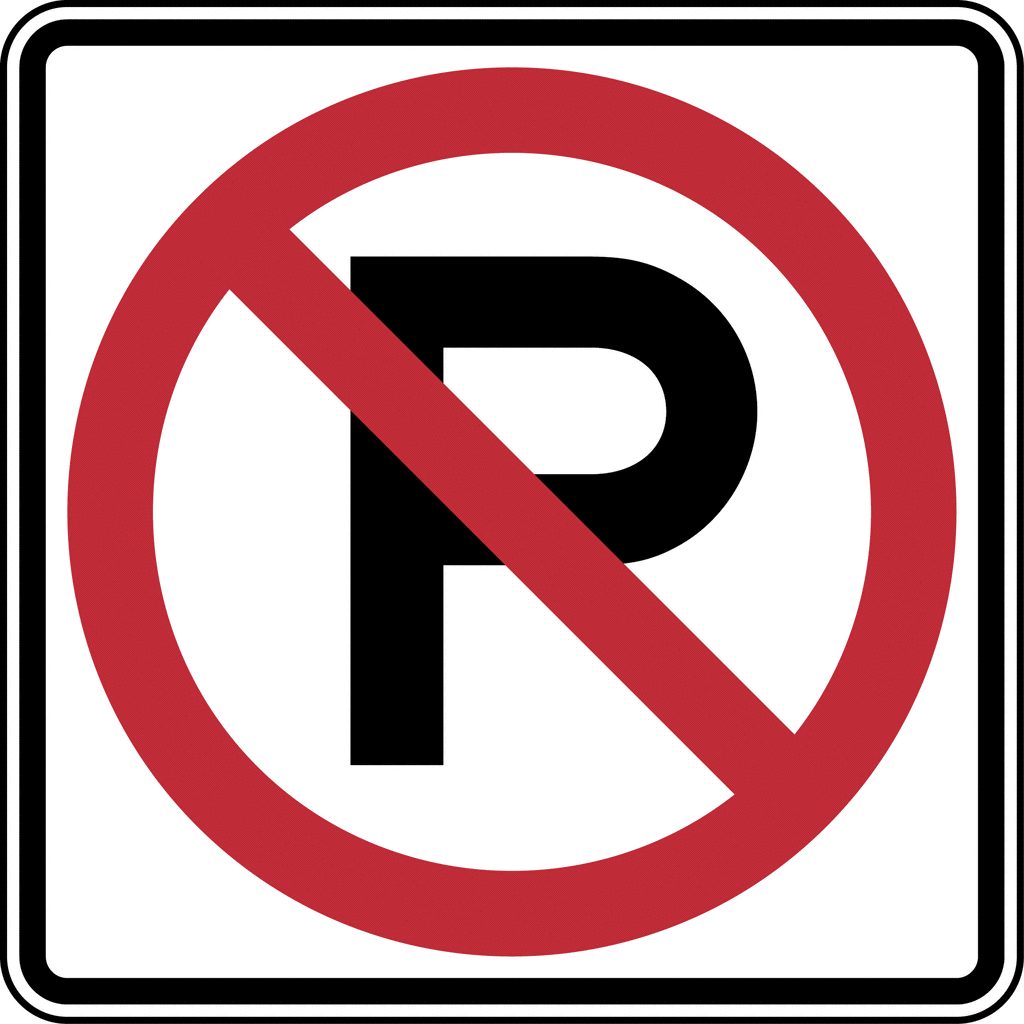
Prohibitive signs clipart Clipground
For foods like lettuce or cabbage, remove the outermost leaves. Food storage. Storing and preparing foods at the right temperature is important. The food danger zone is between 40 to 140 degrees Fahrenheit. To keep foods out of the danger zone, store cold foods below 40 degrees and hot foods above 140 degrees.

How to Store Food Properly & Safely
Answer: C. Foods should only be stored in designated areas. Storing foods in passageways, rest rooms, garbage areas, locker rooms and other unauthorized utility rooms is not compliant. Prohibited areas for storing food include: 1. Locker and employee changing rooms; 2. Bathrooms or associated vestibules; 3.

Food Storage Order and Cooking Temperatures Poster MG FOOD SAFETY
Restrooms are also on the list of areas that are prohibited from storing food. High traffic and the presence of contaminants make restrooms a very high-risk space for food storage. It is important to adhere to these guidelines to ensure food safety and protect consumers from foodborne illnesses. Conclusion
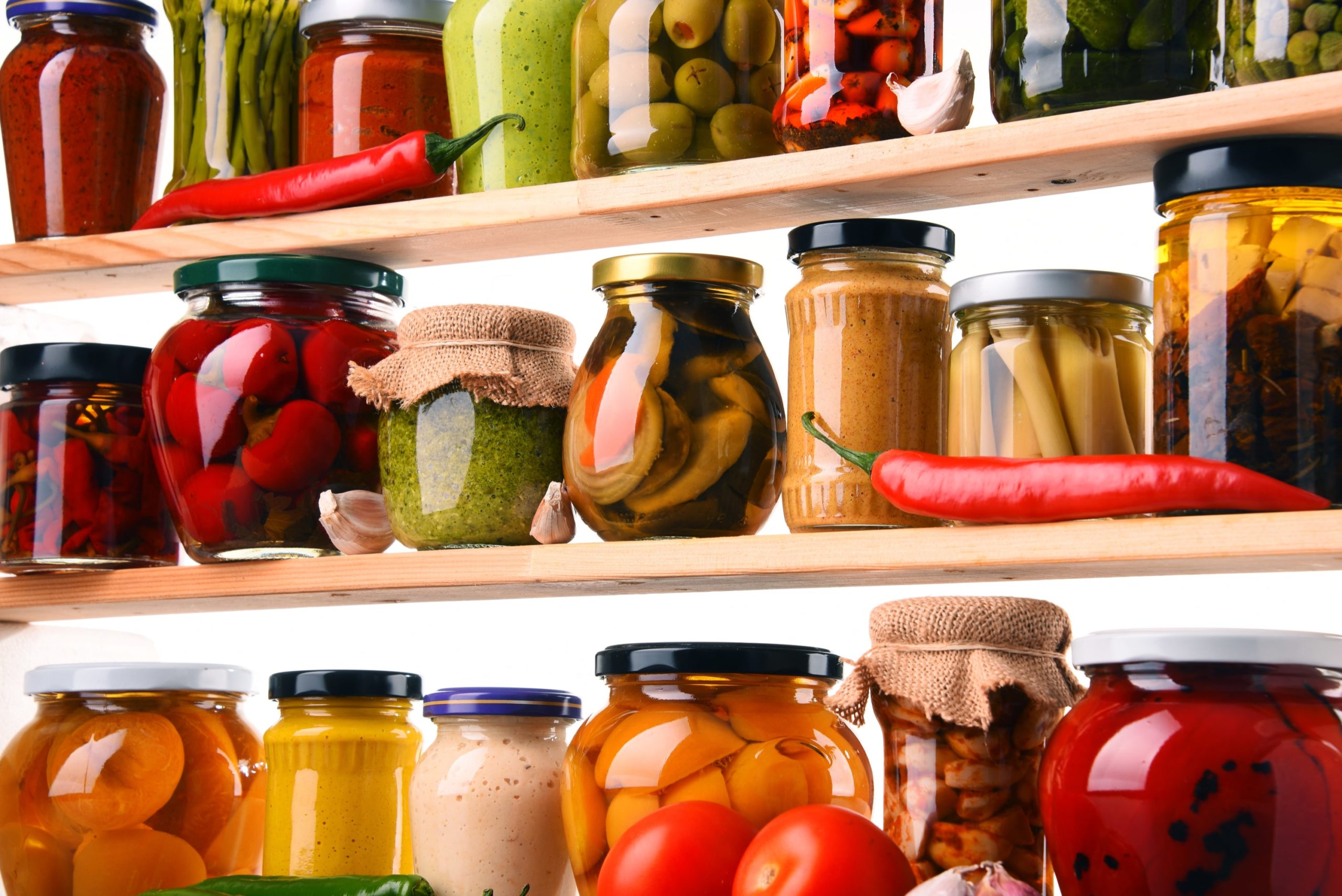
Ranking the best long term food storage of 2021 Body Nutrition
These links go to the official, published CFR, which is updated annually. As a result, it may not include the most recent changes applied to the CFR.. § 56.20014 Prohibited areas for food and beverages. No person shall be allowed to consume or store food or beverages in a toilet room or in any area exposed to a toxic material. eCFR Content.

An Essential Food Storage Guide Leftover food storage, Food, Food storage
USDA Food and Nutrition Service (FNS) purchases a variety of USDA Foods such as fresh, frozen, and shelf-stable fruits and vegetables, dairy, proteins, and grains to provide nutrition assistance to low-income households. These foods also support American agriculture as all USDA Foods are required to be grown and produced in the U.S.

Safely storing meat in the fridge and freezer
Poorly designed areas are harder to clean and can become breeding ground for pathogens. Food passing through these areas runs a much higher risk of contamination: Four topics related to safe layout and design of equipment and facilities: -designing and arrangung equipment and fictutes to comply with sanitation standards - selecting wall, floor.
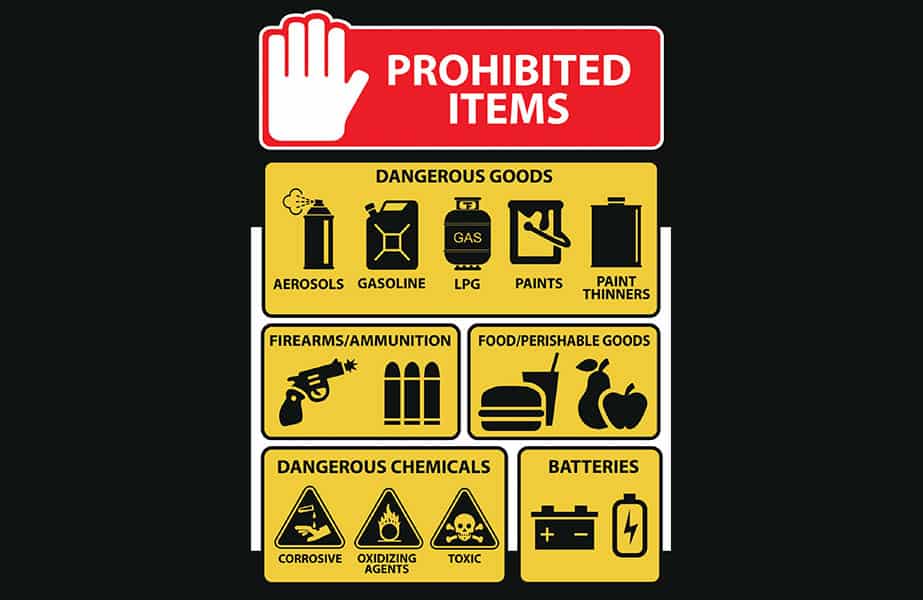
List Of Prohibited Items Chickenmonkeydog www.vrogue.co
In the realm of food storage, there exists a myriad of considerations to ensure that what we consume remains safe and untainted. From refrigerators to pantries, the home is filled with potential spaces for storing food. However, amidst the convenience of modern storage options, there are areas where storing food is not only ill-advised but downright hazardous to health. Understanding these.

Get Ready Spring is here! Use USDA’s new food preparedness graphic to
Currently, storing food in a toilet room has the designation as a 'Core' violation. We have the opportunity to address potential contamination from the top source of Food borne Illness in a more proactive manner.. single-service and single-use articles in these areas would be directly affected.. Food Storage, Prohibited Areas to (B) In.
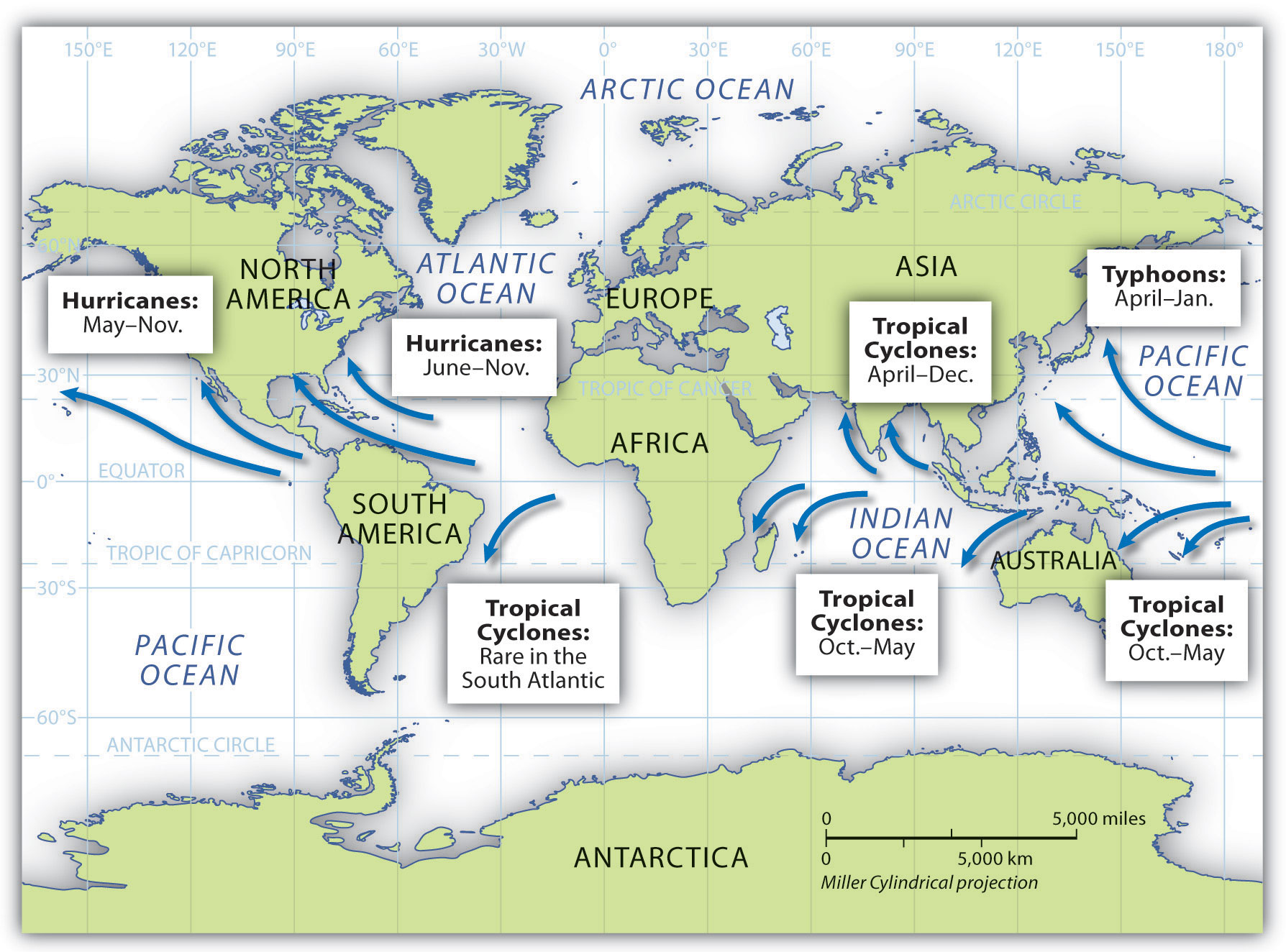
Tropical Cyclones (Hurricanes)
Food that is properly handled and stored in the freezer at 0° F (-18° C) will remain safe. While freezing does not kill most bacteria, it does stop bacteria from growing. Though food will be.

Storing Food Safely in the Fridge Food store, Storing food long term
Eggs, a month. Ground meat and poultry, two days. Chicken and fish, two days. Roasts and chops, five days. Luncheon meats, hot dogs, five days. Most leftovers, two to three days. Label leftovers with the date and use within 2-3 days for best quality and safety. In the pantry or cupboard….
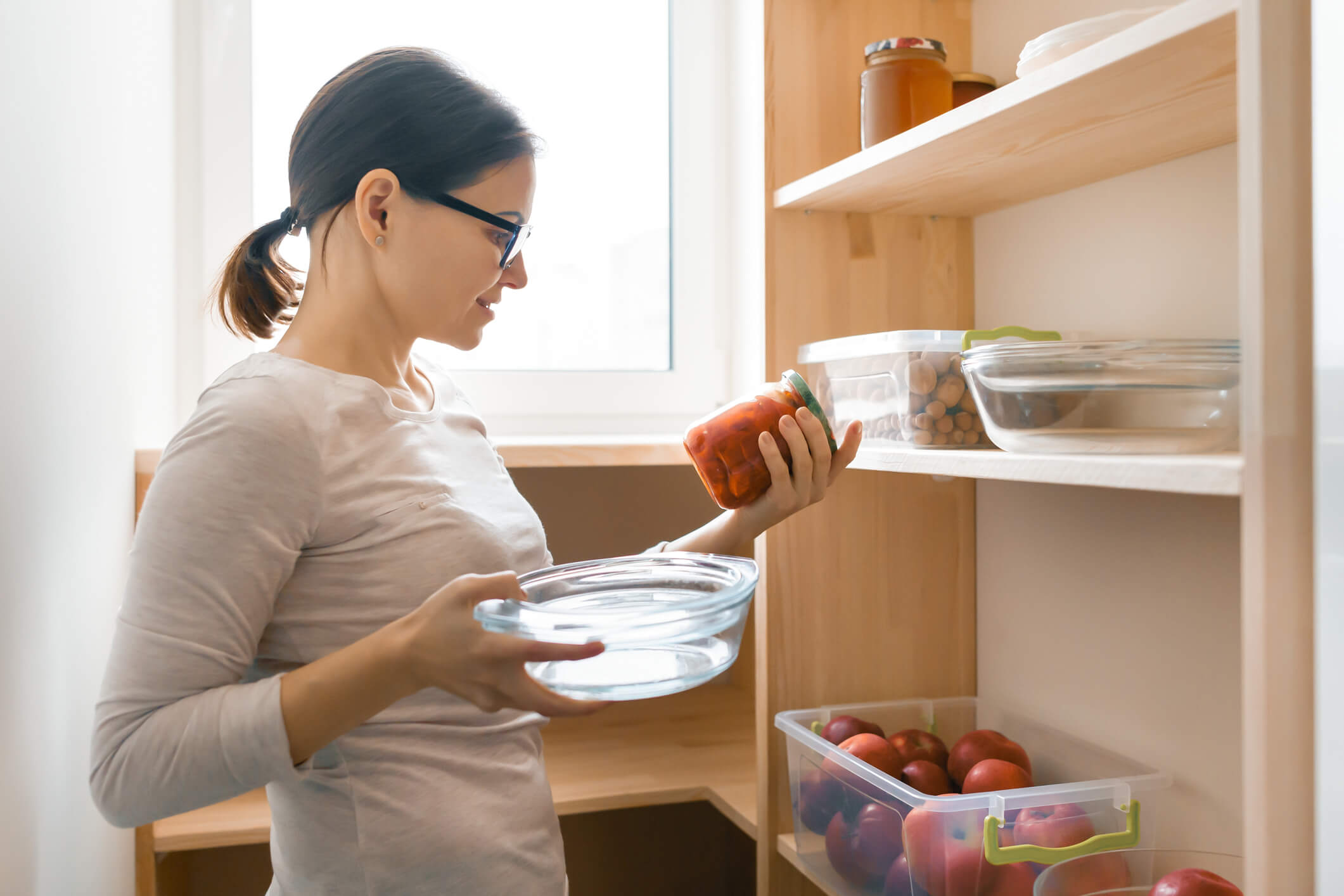
Food Storage & Preservation How To Store Food Properly
Out of the given options, dressing rooms is the area that is prohibited for storing food. Dressing rooms are typically used for changing clothes and are not designed or maintained for food storage. On the other hand, walk-in refrigerators, dry storage, and reach-in coolers are suitable for storing food. Learn more about food storage here: